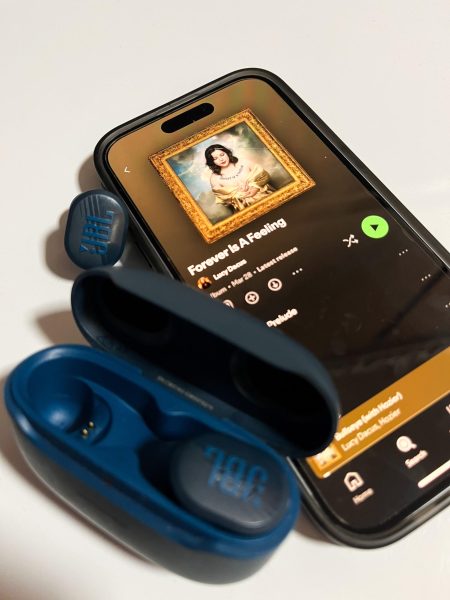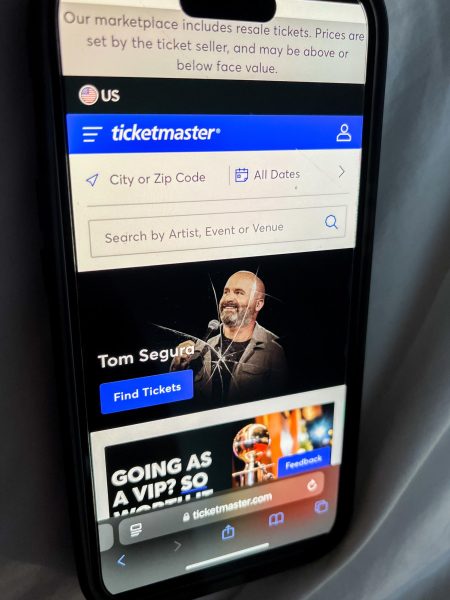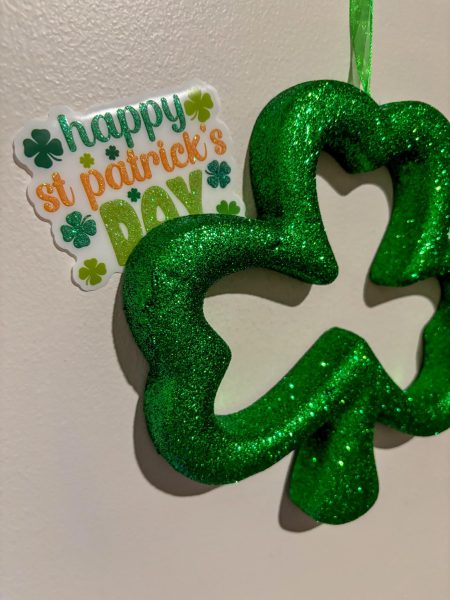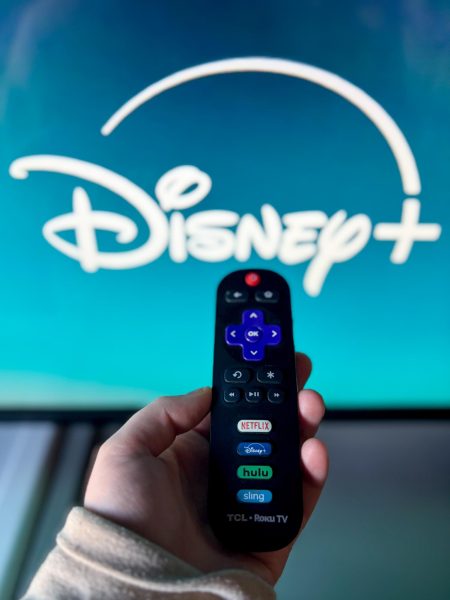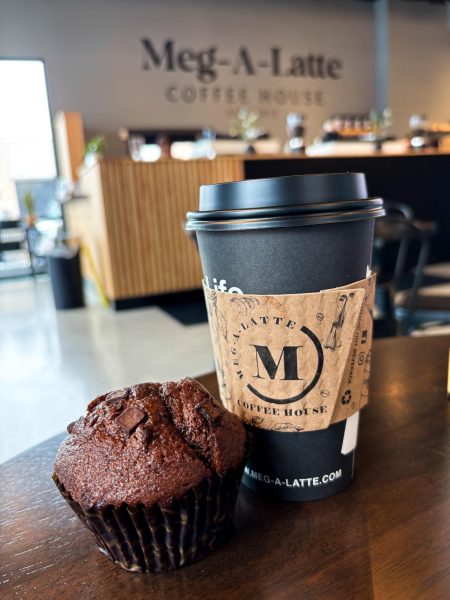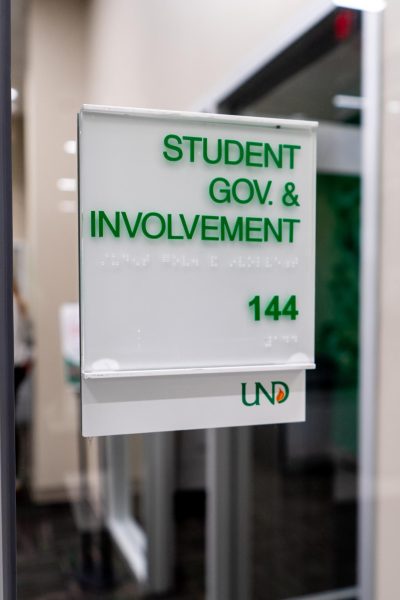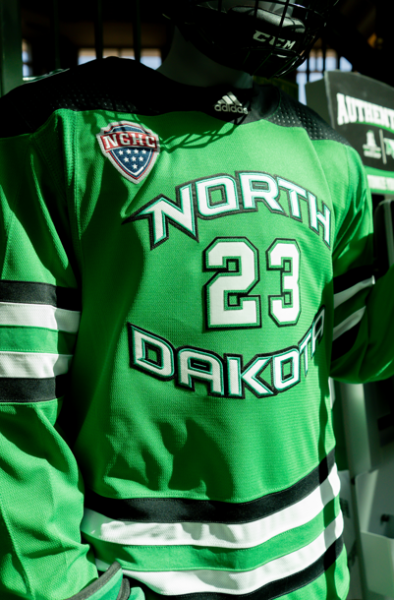Award shows fail to recognize minorities

The 88th Academy Awards will take place on Feb. 28, 2016. Photo courtesy of ehiyo.com
I think movies are one of the greatest gifts to humanity. It doesn’t matter what the genre is as long as there is a good storyline and good character development. I know how hard actors work to memorize their lines and deliver on the big stage. As many know, the critics who review films and actors’ performances aren’t the only ones hammering down judgement.
Big awards, such as the Golden Globes and the Oscars shows happen every year, where stars come together and see who made the cut for the highest titles. Titles such as Best Actress, Best Picture and Best Original Score. I often ask myself who decides these awards and how they do so.
Who decides which group of talent is worthy enough of a nomination and who just was short of making it? And the biggest thing I wonder is how can you decide such a thing?
I was recently dabbling on Twitter when I saw a hashtag that caught my attention. It was #Oscarssowhite, and I wondered if that hashtag was a poke at the academy’s nomination list again. The major Academy Award nominations for 2015 were all white people. While this is not a bad thing per se, not a single ounce of diversity was chosen to represent in any category. In fact upon looking at statistics, all the categories were dominated by white nominees.
I was frustrated by the lack of diverse individuals getting any acting nominations. Not because I didn’t like the nominees, but because minorities are already so underrepresented as it is. According to an article on CNN.com, since its creation in 1936, only 50 black people have won an Oscar or Golden Globe.
Additionally, it’s been 12 years since an actor of Latino, Native American or Asian descent has won either of the awards mentioned.
There’s a problem with what’s going on, not just within the framework of the Oscars but other award ceremonies as well. When big events such as these claim to have equal share and equal representation statistics can show it’s not true. Even within the award voting body, only 6 percent of the voting body are people of color, with 2 percent being black, 2 percent being Latino and 2 percent for every other non-white race.
The reason these drastic statistics matter is because while the United States has made some progress with inclusion processes, the fight is still far from over. The experience I faced with seeing that hashtag resurface is disheartening. The concerns many people had before regarding equal representation in the media and public face now has happened again.
As a person of color who loves movies as much as I do, it’s a bit infuriating that the same issue that happened as last year had resurfaced. It’s time to stop sugar coating the issue and see it for what it is. I’m not saying that the hashtag is wrong, and neither am I saying that people can’t express their own views about the academy process.
But I would challenge the way we look at film and movies when we say that the same distribution of race and gender is shown. It’s simply not true. Since the majority of the population who make these decisions are white, they have the ability to make the calls to what content is developed and who is placed in roles.
It may seem like a minor issue in comparison to others, but it is one that every time we turn on a movie or watch a TV show is something to keep in mind.
Amina Chinnell-Mateen is a staff writer for The Dakota Student. She can be reached at aminakins101@gmail.com



